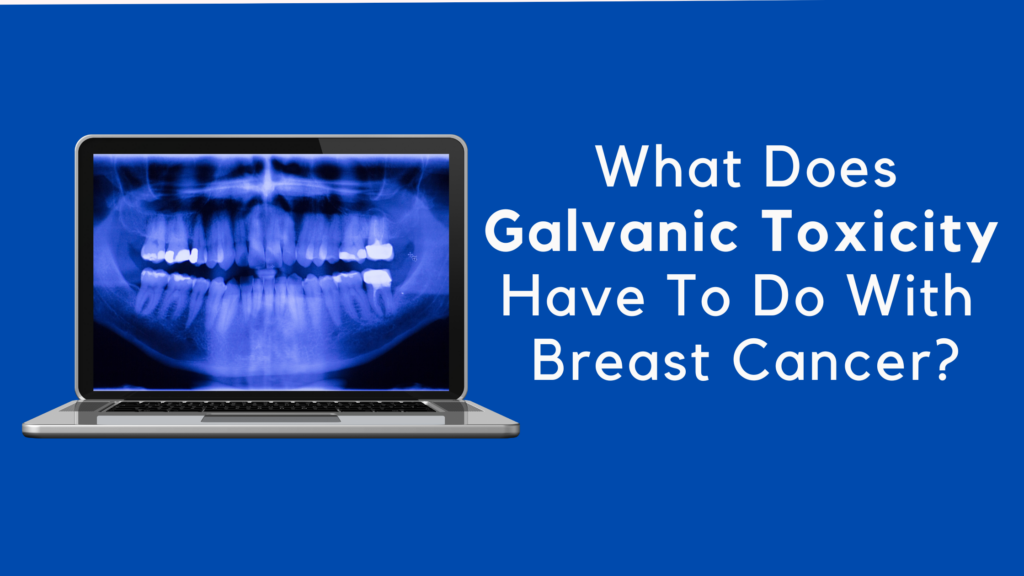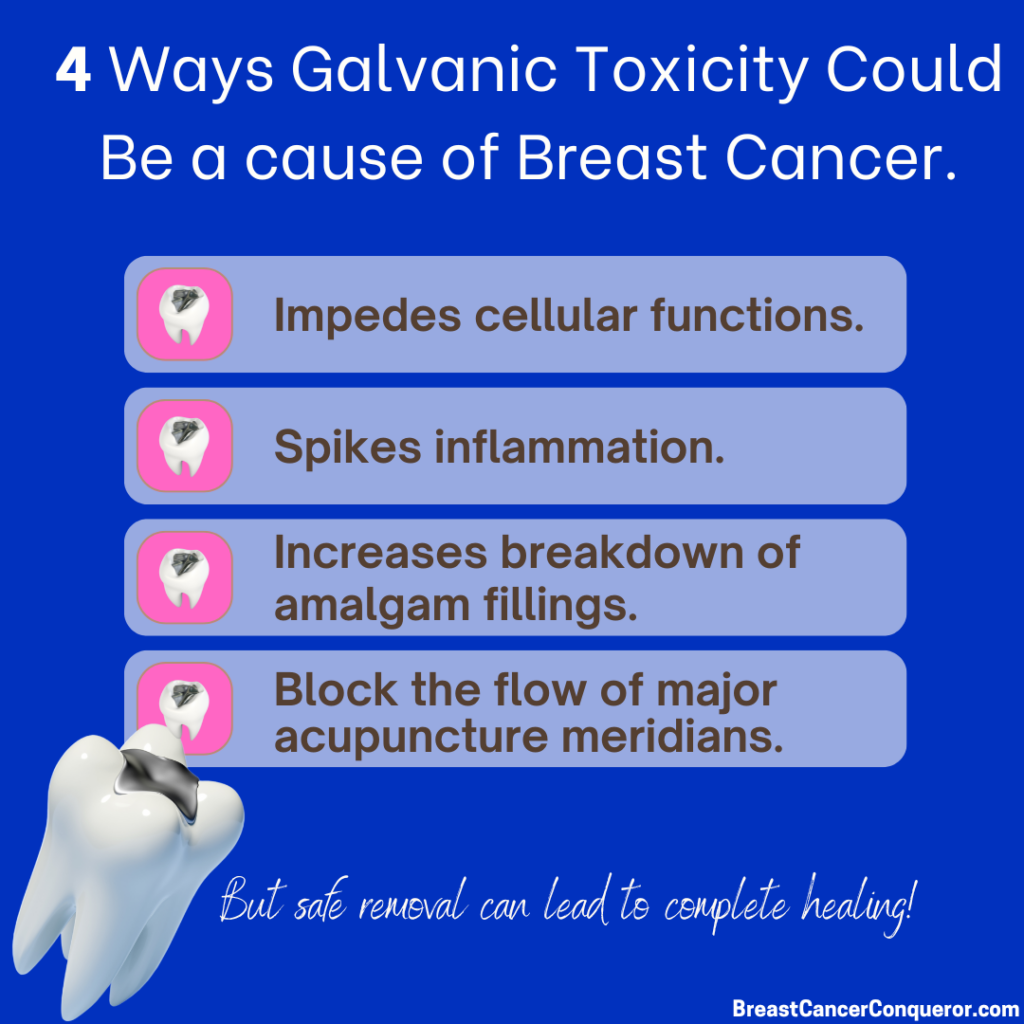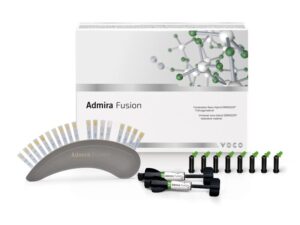

“If you want to find the secrets of the universe, think in terms of energy, frequency, and vibration.” – Nikola Tesla.
Born in 1856, Nikola Tesla (Tesla (the car company) was named after him) developed the alternating-current power system that provides electricity for buildings and changed the course of our world! And just like Mr. Tesla said, energy, frequency, and vibration can lead to finding the secrets to your healing.
Every part of your body energetically connects through electric currents, from a little tooth to a big organ. With all these energetic exchanges going on, it is vital to ensure there is no obstruction in that energy flow. Blocks can occur because of spinal subluxations, chemical toxicities, oxidative stress, DNA damage, chronic emotional stress, etc. They can also be caused by galvanic toxicity—an oral-originating electrical imbalance that happens when saliva comes in contact with toxic metal and creates its own electric current.
“If you have several metals together, they produce a current, and they are known to be very disruptive to the other currents that we have in us. They interfere with acupuncture meridians, the flow of energy.” Dr. Nunnally, one of my biological dentists, and I had a fascinating podcast interview with him that you can listen to here. In the interview, he also explained how the side effects from multiple metals in your mouth will go away once safely removed.
Uncovering and solving hidden galvanic toxicity and oral health issues may be the major win your healing journey needs. Keep on reading to find out what may be right under your nose…

Galvanic Toxicity
Also called Oral Galvanism and battery mouth, it’s an electrical current that can occur when two or more different metals in the mouth are in contact with saliva. The metals can be from fillings, crowns, implants, etc. Your saliva acts as an electrolyte, creating a battery effect that flows the currents. A “zinging” sensation you may feel when biting down may be from the electrical currents from the metals in your mouth.
Galvanic toxicity can be damaging in several ways that may lead to breast cancer, including:
- Impede cellular functions. Cancer is a cellular dis-ease (learn more about The Metabolic Theory), and repairing DNA damage is essential for healing.
- Inflammation. 95% of all cancers have inflammation in common. it impacts all stages of tumor development, including initiation, progression, and metastasis. Learn more via this blog post.
- Increase corrosion and breakdown of amalgam fillings, sending toxicities around your body and often straight to your breast. Learn more about amalgam fillings here.
- Block the flow of major acupuncture meridians. Please learn more about using The Meridian Tooth Chart in conjunction with your healing protocols.
In my case, I had an infection in my jaw (cavitation) as a result of an extraction that I had as a young girl. The cavitation sat on the left breast meridian. It weakens energy flow to that area of the body, making it more susceptible to disease. I also had a problem with “root resorption” on one of my top left teeth (#14), which sat on my left breast meridian. Root resorption is a rare autoimmune issue in which the immune system attacks the tooth and “eats” it from the inside out.
Dental Materials To Avoid
Regular dental composite materials contain fluoride, BPA, Bis-GMA, TEGDMA, GlyDMA, HEMA, metals, or mercury. Mercury is considered the most toxic element on the planet, so even the most minuscule amounts can wreak havoc on your body. It is also known as a “Metallo-gen,” which means it mimics and stimulates estrogen production. These molecules can release vapor (leaching) throughout your body when a dentist implants them or when touched by hot water (i.e., drinking hot tea).
As I said in the beginning, this can be a hidden issue. Many people do not notice anything is happening because they experience no immediate symptoms while the toxic reaction is taking place. The immune system can react to dental materials as if they were infections or just toxic substances, and it will begin to work overtime to remove the “infection” from the body. Often, these materials are placed without investigation into potential problems because many regular dentists are unaware of the damaging consequences.
Low-Toxic Options Dental Material Options
For the most part, only Biological Dentists (please learn about them here) will have access to low-toxic dental material options such as Admira Fusion Ormocer, a Nano-Hybrid Ormocer (ORganically-MOdified CERamic). Instead of being a methacrylate-based composite, it’s closer to a ceramic or silica-based material that DOES NOT contain conventional monomers such as Bis-GMA and HEMA. Studies have also shown that it lasts longer and is a stronger option.
Ormocer (ORganically-MOdified CERamic). Instead of being a methacrylate-based composite, it’s closer to a ceramic or silica-based material that DOES NOT contain conventional monomers such as Bis-GMA and HEMA. Studies have also shown that it lasts longer and is a stronger option.
Other low-toxic filling options include:
- Porcelain: Typically, they are stronger, more stain-resistant, and longer-lasting than other filling materials.
- Composite resin: It looks similar to natural tooth enamel and is safe for closing gaps, filling in chips, lightening stains, and reshaping teeth.
Dental Material Testing Options
Amalgamator
In the 1980s, Dr. Huggins created a specially designed meter that measures the flow of electrical current through an affected tooth. It can help a biological dentist determine which teeth may be problematic in terms of electrical crosscurrents. As I always say: TEST TEST TEST! Some crowns may be safe, but many are not, especially if they have a metal backing. Make sure your dentist removes all of the amalgam in your tooth before adding a crown to that tooth.
Serum Biocompatibility Testing
Serum compatibility testing is similar to an allergy test in that it’s a blood test that determines how likely a patient is to have an immune reaction to a material and what options are best for your biology. The classifications “Highly Reactive,” “Moderately Reactive,” and “Least Reactive” are used to aid in understanding the results. This test is often used in biological dentistry to assess a patient’s compatibility with dental materials like mouth guards, desensitizers, bridges, crowns, and implants.
Dr. V’s Healthy Breast Dentistry Library
Below are a few blogs to read to educate yourself on safe oral health solutions for breast cancer healing.
- What is a Biological Dentist?
- Why Remove Dental Amalgams?
- Toxic Dental Products To Avoid & Safe Solutions.
- How To Detox From Amalgam Removal.
- Natural Teeth Whitening Options.
- The Meridian Tooth Chart: What You Need To Know
- Please read more blogs under Essential #5: Embrace Biological Dentistry.
Breast Cancer Revolution Masterclass
On July 17th at 4 pm EST, I’m hosting a live Master Class that is totally FREE! CLICK HERE to sign up!
Did you know that most cancer patients have:
- A lower basal body temperature which can impact your Immune System?
- A tendency to be metabolically inflexible and insulin resistant?
- A “personality type” that may affect your ability to heal?
Come ready to learn and leave with some action steps for real healing. Invite a friend (it’s free!) – Looking forward to seeing you on July 17th.
Author: Dr. Veronique Desaulniers, better known as Dr. V, is a Doctor of Chiropractic & has 44 years of experience in the wellness industry. For personalized support, please partner with a trained Breast Cancer Conqueror Coach.
